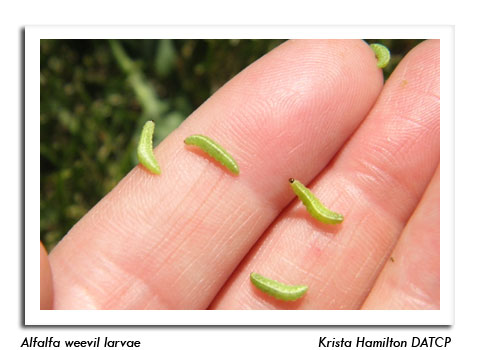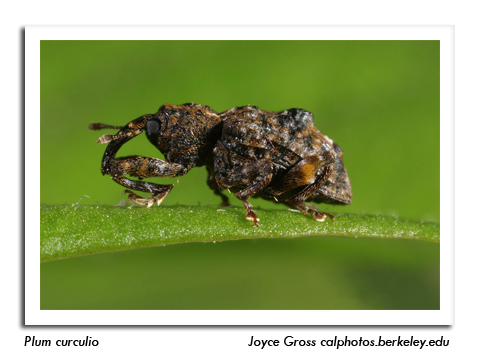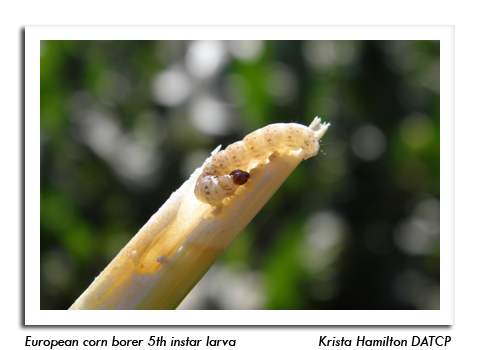
 |
|
|
Looking Ahead
Volume 60 Number 2 Date 04/30/2015 BLACK CUTWORM - Migrants were collected in very low numbers for the fifth consecutive week. The high count from April 23-29 was just eight moths at Janesville, and only one other trap captured moths. Based on degree day accumulations (modified base 50°F) since the April 1 arrival of the earliest black cutworm migrants, approximately 183 degree days, or about 23 calendar days, remain before larvae in south-central Wisconsin reach the plant-cutting fourth instar stage. A more precise projection of peak corn cutting dates will be determined once the first significant flight of nine or more moths in two nights is documented. ALFALFA WEEVIL - Larvae are expected to emerge in advanced fields in the week ahead. Regular scouting is advised beginning at 300 degree days (sine base 48°F), or by May 8 in the southern counties and May 14 in the central counties. GYPSY MOTH - Egg hatch was observed on April 24 in Rock County. This event occurred by April 30 last year, May 6 in 2013, and April 3 in 2012. Aerial spraying directed against first and second-instar larvae is tentatively scheduled to start in southern Wisconsin late in the week beginning May 3 or early in the week beginning May 10. PLUM CURCULIO - Migration from hibernation sites into apple orchards could begin at advanced southern sites next week. A mean daily temperature of 55-60°F for three to four days induces the spring emergence and dispersal of this fruit pest. EUROPEAN CORN BORER - Pupation is forecast to begin by May 2 in the south-central and southwestern counties. Results of the 2014 fall population survey suggest the overwintered generation of larvae remains historically low and will likely produce an extremely small flight of moths next month. Black light traps should be installed by May 14 in anticipation of the spring flight. -- Krista Hamilton, DATCP Entomologist 





|
|
|